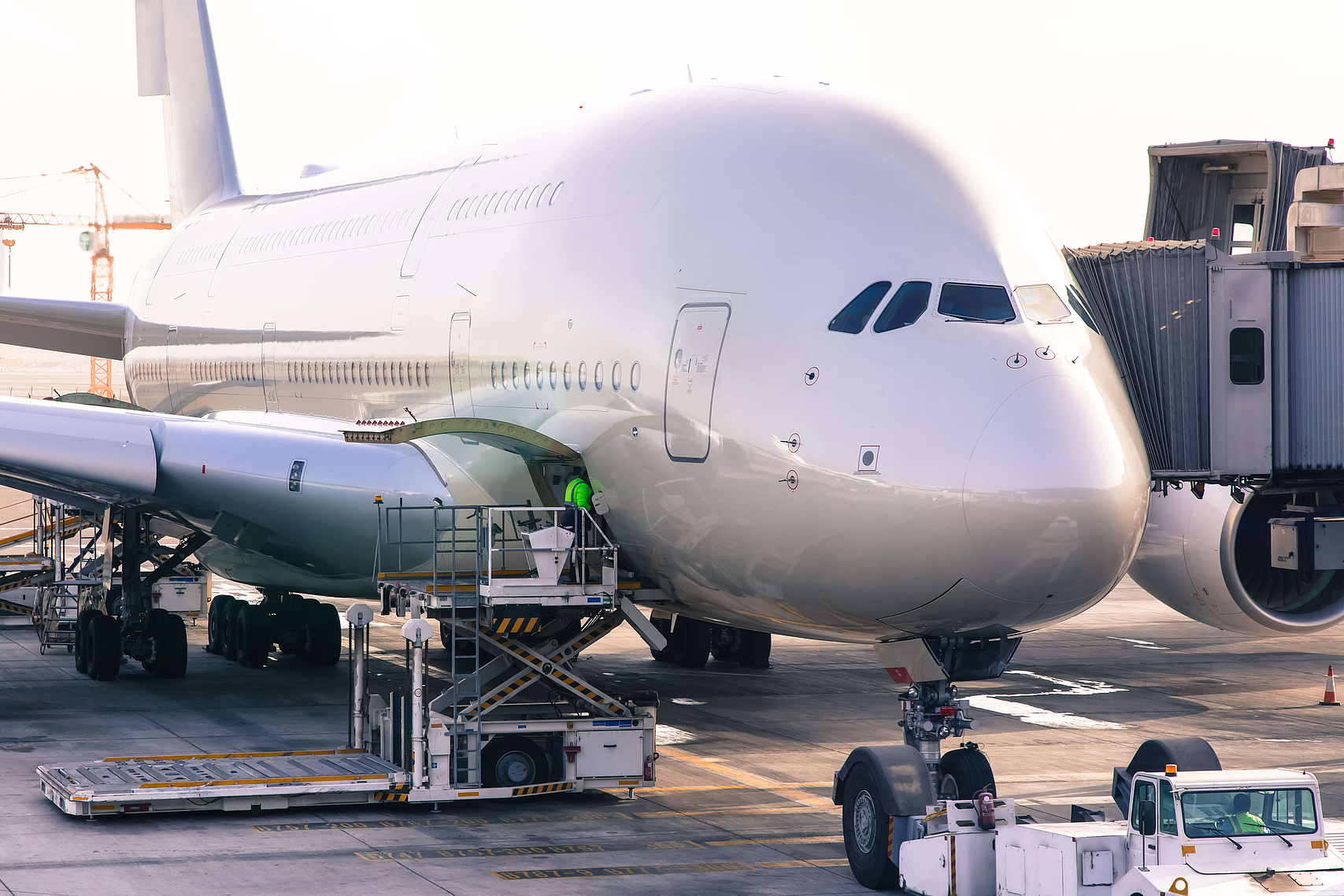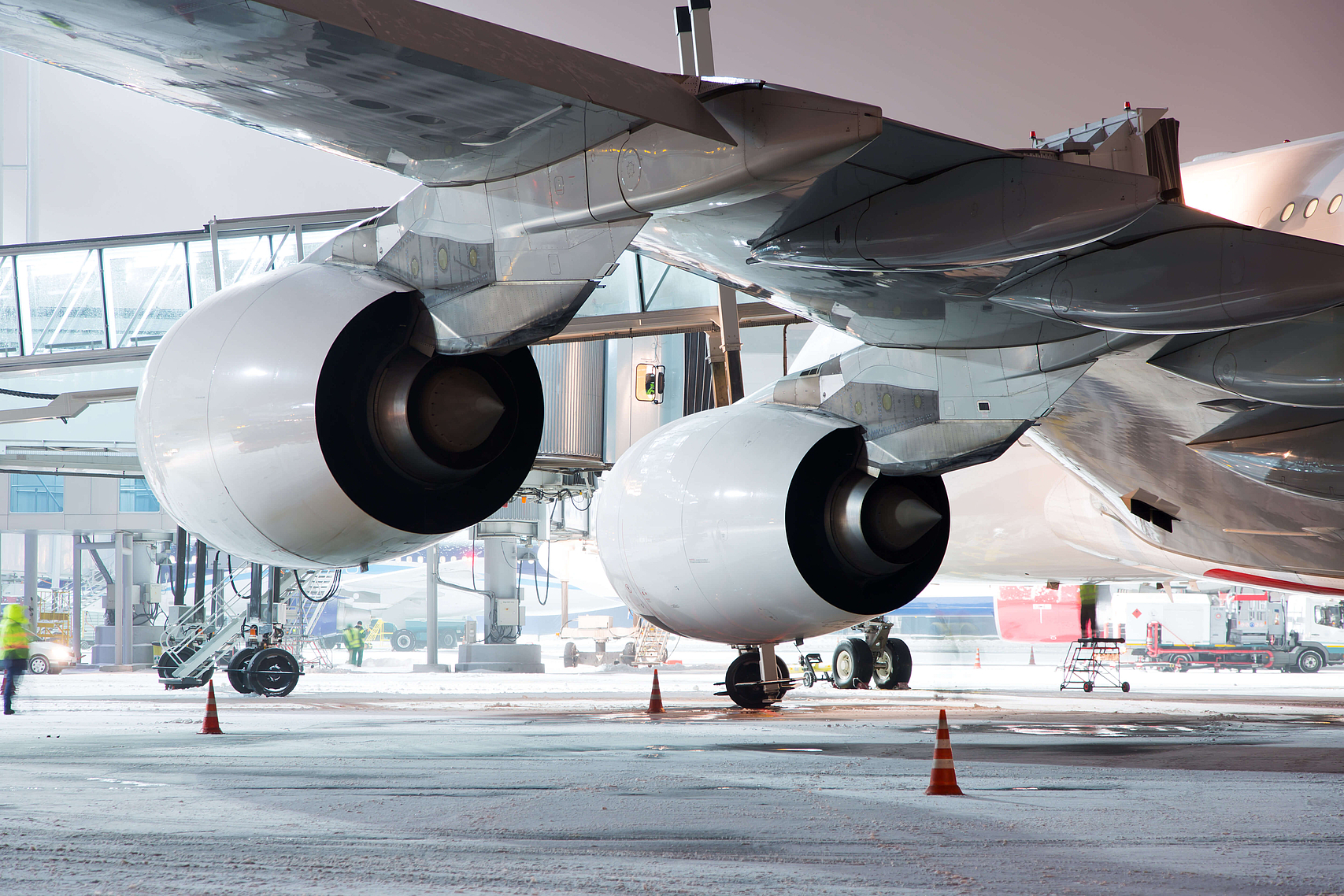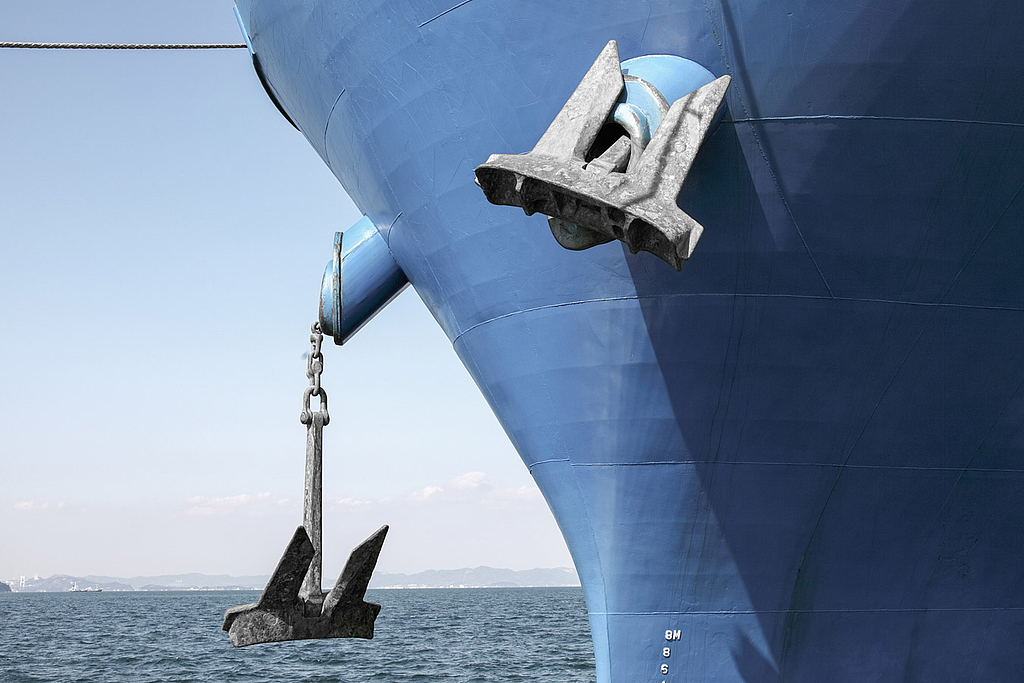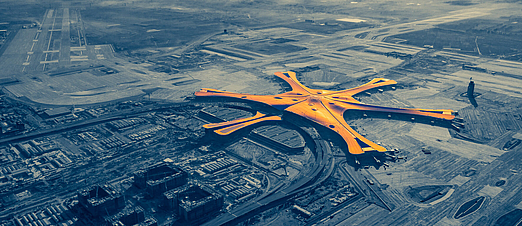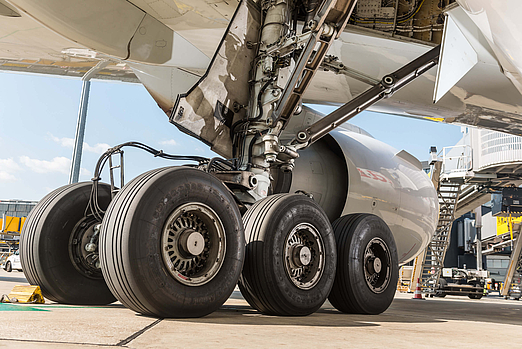Will the “giant of the skies” ever become a cargo plane?
The giant freighter that never took off
- Insights
It’s been a year since Airbus announced they would cease production of the legendary A380 in 2021. Right from the moment of its maiden flight the giant four-engine airplane, with its two full-length passenger decks, was seen as extraordinary, and attracted a great deal of attention. However, in contrast to its equally famous counterpart, the Boeing 747, or “Jumbo Jet”, the freighter version of the A380 will probably never take to the skies. Yet at the beginning of its story, the A380 showed enormous promise – and not just as a freight plane.
